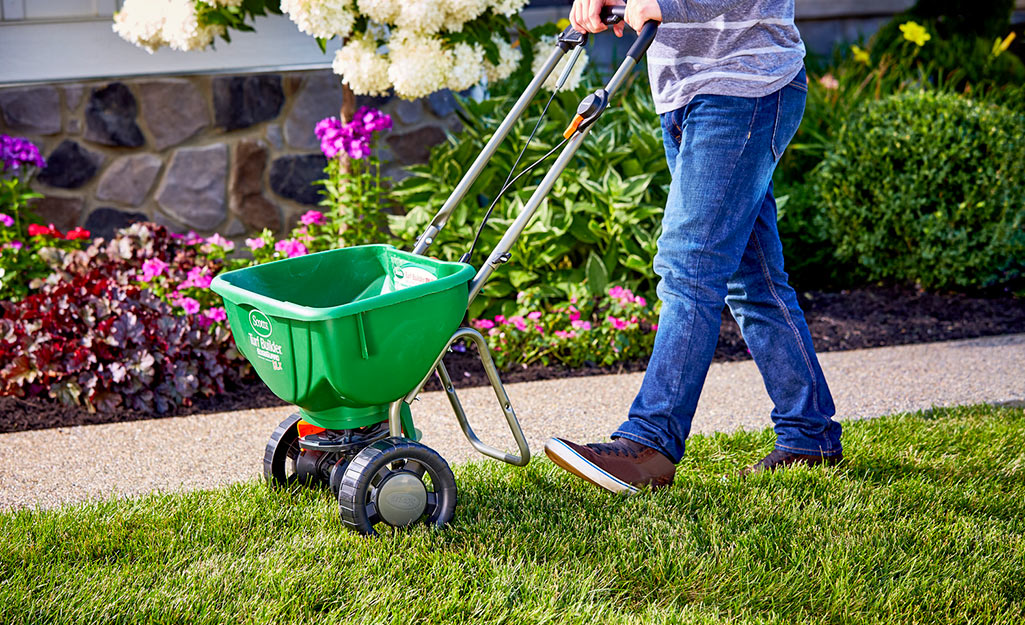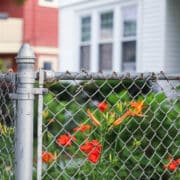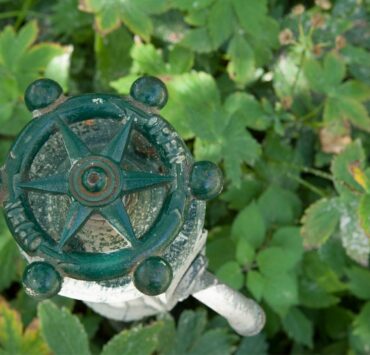The upkeep of your lush green lawns is a year-long process. Preparing them for winter with the best fertilizers available will ensure that your lawn has all the nutrients to keep it going through the harsh season and into a vivacious spring. This brings us to the question, how to fertilize lawn in the winter to get the best of with?
While the most obvious solution seems to be turning to winter fertilizers (after all, there’s winter in the name, right?). However, weather conditions and the type of grass you have also play a major role in your chosen process.
Before we move on to the ‘how,’ let’s understand ‘why’ you need to fertilize your lawns in the wintertime.
[ez-toc]Why Fertilize Your Lawn During The Winter?
Undeniably, upkeeping your lawn is one of the most essential home projects to tackle before the onset of fall. Grass is as susceptible to weather variance as we are, and they need proper nutrients to last a frigid winter. Fertilizing ahead of the growing season helps your lawn grow healthy, green, and luxuriant when the temperature warms up.
The grass root system stores energy reserves from nutrients such as nitrogen before they go dormant in the winter. With the onset of spring, you will be rewarded with fresh, green blades of grass!
You don’t want to fertilize right in the middle of the winter after the first frost. The best time to fertilize your lawn would be late fall, a month before your first frost. The timing may vary depending on your climate zone, but as a rule of thumb, November is the best month for warm places, whereas September is ideal for northern regions.
NOTE: The best practice is to start fertilizing your lawns when the temperatures reach the high 40s.
Types of Grass/Lawn
Cool Season Grass
Northern U.S. region lawns feature cool-season grasses like Kentucky Bluegrass, Fescue, and Perennial Ryegrass, which reach their peak growth during the fall. Using a winterizer fertilizer once a year on them would allow for solid growth.
Winterizer fertilizers are sold during fall in any fertilizer shop, and these are especially great because they are designed to provide balanced nutrition to your lawn.
Recent research proves that the ideal lawn winterizer is mostly nitrogen fertilizer. The label should show most of the nitrogen as a quick-releasing water soluble nitrogen (WSN) as opposed to slow-releasing water insoluble nitrogen (WIN).
Warm Season Grass
Warm-season grass like Centipedegrass, Zoysiagrass, Bermudagrass, or St. Augustine grass goes dormant in winter when freezes occur. These should be fertilized by September.
If the grass is green through winter, apply an early fall fertilizer with a high soluble nitrogen content. This will fortify your lawn against weeds and promote thick, healthy grass growth.
What Are The Best Lawn Fertilizers?
Wondering how to fertilize lawn for your home improvement? It all depends on the current state of the lawn area.
There are quite a few varieties of fertilizers you can choose from:
Liquid fertilizers: These can be applied to the ground or the lawn foliage itself. They are easily absorbed through the leaves and can instantly give your lawn a green-up when the leaves start browning. The easy formula also allows you to make mid-season corrections and add vital nutrients that you may have gotten wrong in the beginning.
USP: The most significant advantage of liquid lawn fertilizer is that it can be administered for lawns of any size, small, medium, or large.
Slow-release fertilizers: Lawns respond well to slow-release fertilizers, which release nutrients slowly but continuously for the grass to grow. All the fertilizer’s nutrients are utilized following watering, and you only need to apply it once in the fall, saving you money!
USP: The best part about slow-release fertilizers is that a consistent level of growth and greening occurs across the application’s life with no spike in growth and no nutrient runoff.
Organic fertilizers: Organic fertilizers contribute to the good health of your plants and soil. The only drawback of these is the price. Organic fertilizers are very expensive and may burn a hole in your pocket. As an alternative, you can turn to natural composting.
USP: They are impossible to over-fertilize!
Combination products:Many herbicide products have saturated the market, which, when combined with fertilizers, allow you to fertilize your lawn and control the growth of weeds in a single application.
USP: They are easy to apply and save you time and product.
How to Fertilize Your Lawn?
Step 1: Mow Your Lawn
As the weather becomes cooler, continue to mow your lawn until it stops growing. You may be mowing into the late fall for both cool- and warm-season lawns. When leaves fall from the trees during this time of year, feel free to mow over them, as they will decompose quickly and add organic matter to the soil.
This will also stop them from forming a mat that smothers grass plants.
Step 2: Add The Fertilizers
Beware of fertilizing a dry lawn: it will serve no purpose! Instead, wait a day after it rains when the soil is still moist and ready to absorb the nutrients efficiently. It would be wise to sandwich the day or fertilize your lawn between rain spells (keep a keen eye on the weather report!) so that none of the goodness of the fertilizers washes away.
You can fertilize by hand or use a spreader for even distribution.
Step 3: Wait For The Lush!
The hardest part is to wait for the beautiful greenery to spring up during April after the hibernation winter months are over. Be patient, you have done your part. You can reap the fruits of your labor in a few months.
Lawn care is extremely essential during the winters, and it’s also the easiest, thanks to the dormancy months. A well-attended lawn would be well-fertilized, ready to brace the winters and flourish in the early spring. Now that you know how to fertilize lawn and what your lawn-care schedule would look like, prepare ahead for a thriving spring season and take a lawn-care break after you’re done with the final fertilizing.
Don’t worry, this time, the grass will be greener on your side!









